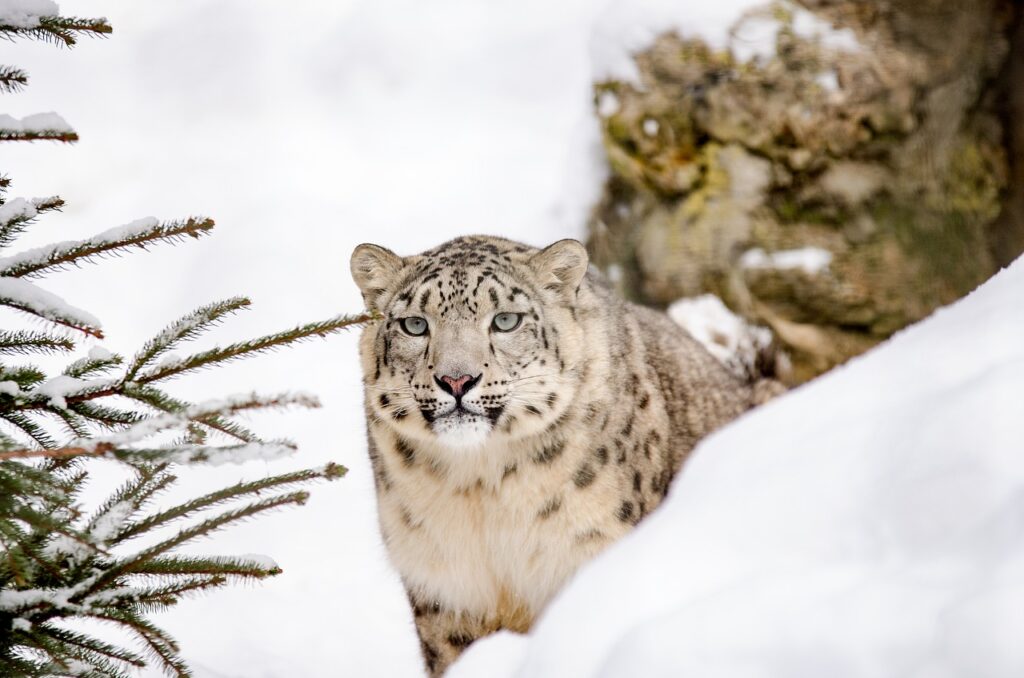Life always finds a way, and so do the animals on this list. The animals on display below have all earned an esteemed place on this listing due to their ability to change and adapt to their environment. In the animal kingdom, you either evolve and survive or stay stagnant and die. There is no in between, but who among these animals can call themselves the champions of adapting to their environments? Well, that is for you to read on and find out.
This article is meant to explore how animals have adapted to their surroundings and how this has been done to benefit their quality of life greatly.
Wild animals with adaptations:
Camels
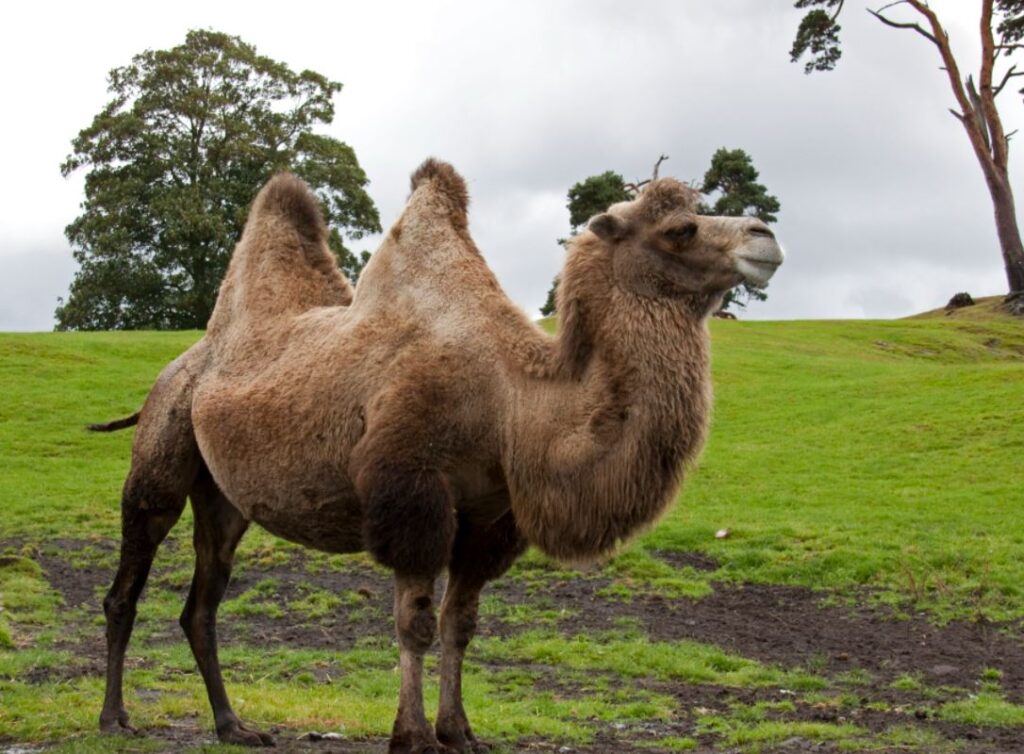
Camels have had thousands of years to adapt to their harsh desert environments. Water is scarce and as a result, drinking less water was a behavior that they had to adopt. A camel‘s best display of its ability to develop adaptations is its hump. A camel’s hump is where excess fat is stored, this hump does not store water, but it does help it overcome a harsh lack of water.
Camels have been known to go an incredible seven months without drinking even a single drop of water. That is truly incredible and very hard to believe.
Polar bears
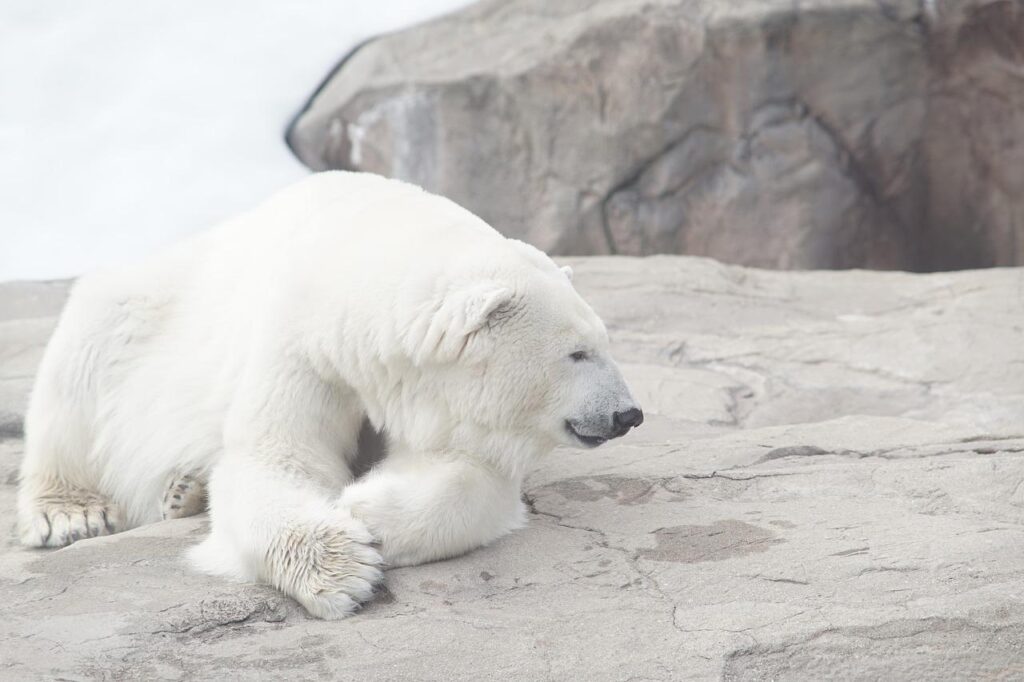
A polar bear’s adaptation can be found in its fur. Rather not just the fur itself but also the color of said fur. This is because polar bears live in Arctic areas which means that these areas are always covered in snow and ice.
What we know to be true about snow is that it is white. Polar bears are predators, and so these savage predators need to be able to blend into their environment so that they can pop out of nowhere like a “looney from Toegus”.
They scare the life out of their prey, and then the prey is eventually devoured.
Penguins
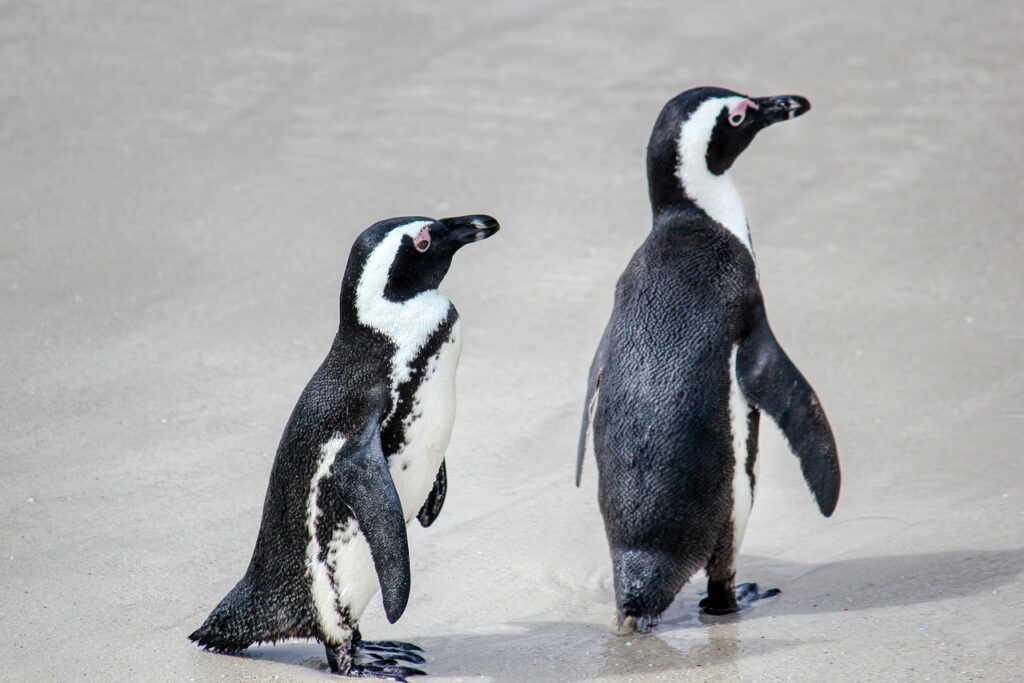
The most obvious adaptation of a penguin is its incredible and human-like ability to swim; anybody can see this obvious adaptation. Penguins are unique partly because they are among the few birds in the world swimming.
Penguins spend a vast percentage of their time in the water and hunting for their next catch. Any fish that should cross paths with these super predators is in for a quick meeting with death.
Penguins have flippers for wings, and it is these flippers that allow them to soar through the seas.
Sloths

Sloths, more commonly known as three-toed sloths, spend most if not almost all of their lives in the trees. A sloth will come down to Earth only when they have to defecate.
They are safe up in the trees, and they know it. This is why they have adapted to have three long fingers and claws. These claws make it easy for them to
grip tightly onto that bark for life.
Three-toed sloths have also adapted long arms to aid them in their climb.
Raccoons

Raccoons have adapted quite possibly one of the most useful abilities, which is the ability to eat whatever it is that they can get their grubby little paws on those dirty little rascals.
Not only can these strong stomach cretins eat anything, but they can also live anywhere. These low lives are the animal kingdoms’ best freeloaders, city centers, or forests. Raccoons have adapted to coming out only at night, making them nocturnal.
They are nocturnal to avoid certain death from dangerous beasts.
Chameleons

Chameleons are incredible animals that are best known for having world-class adaptations. Their ability to change color always comes first when thinking of a chameleon.
They can quickly change the pigment of their scales and do so frequently to display their mood and mental state or to blend into their surroundings. Another one of their incredible adaptations is their 360-degree field of view.
Chameleons have excellent vision and can change colors.
Giraffes

If you are searching for an adaptation on the Giraffes body, you won’t have to look for long and probably
guess why. That long neck is used to reach the tastiest leaves that the trees in the African Savannah can produce.
But it doesn’t end there because the category of animal adaptations is such a broad grouping that you could also
include the Giraffe’s long legs and long tongue into the mix.
Their tongue cleans their eyes.
Hummingbirds

Hummingbirds have adapted to have long beaks and, surprisingly, even longer tongues. Both are put to use by sucking the nectar out of the flowers. It doesn’t end there because hummingbirds have special wings tailor-made for precise hovering over the flowers they feed on. They are one of the only birds flying forwards, backward, and side to side.
Their final adaptation is their small size, allowing them to be nimble and agile.
Strange animals with adaptations:
Rattlesnakes
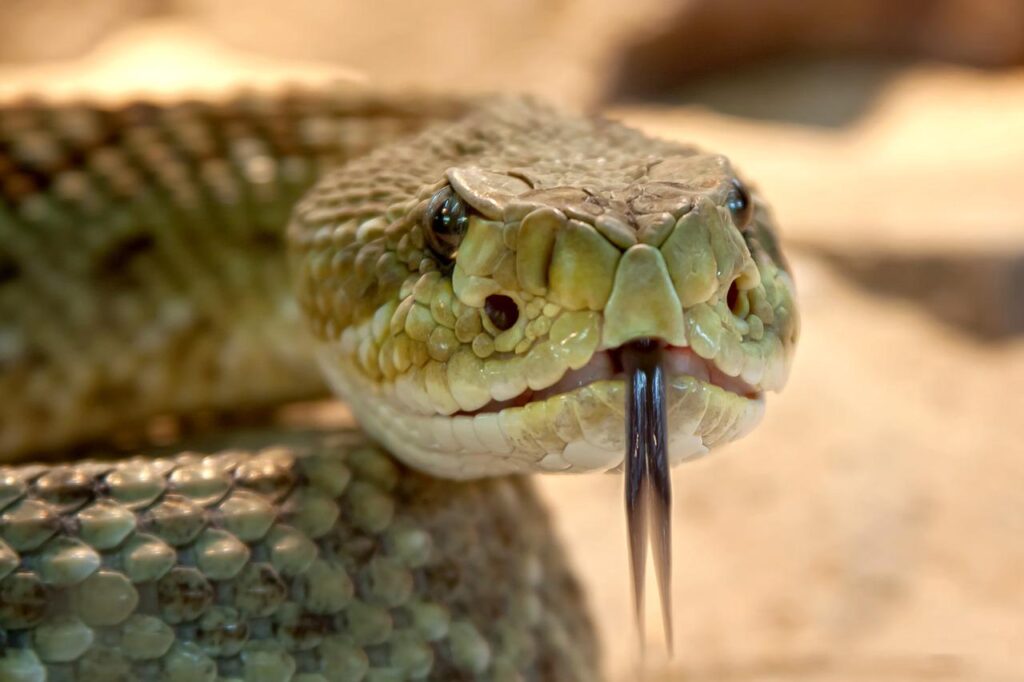
Rattlesnakes are another animal that has a very obvious adaptation. Of course, their adaptation is the rattle in their tail. They adapted this rattle to be multi-functional. It can lure curious animals into their layer, where they will be ripped to shreds by the rattlesnake’s dangerous poison.
Rattlesnakes also use their rattle to communicate with the animals and beings around them. A loud and obvious way of saying stay away.
Mountain goats
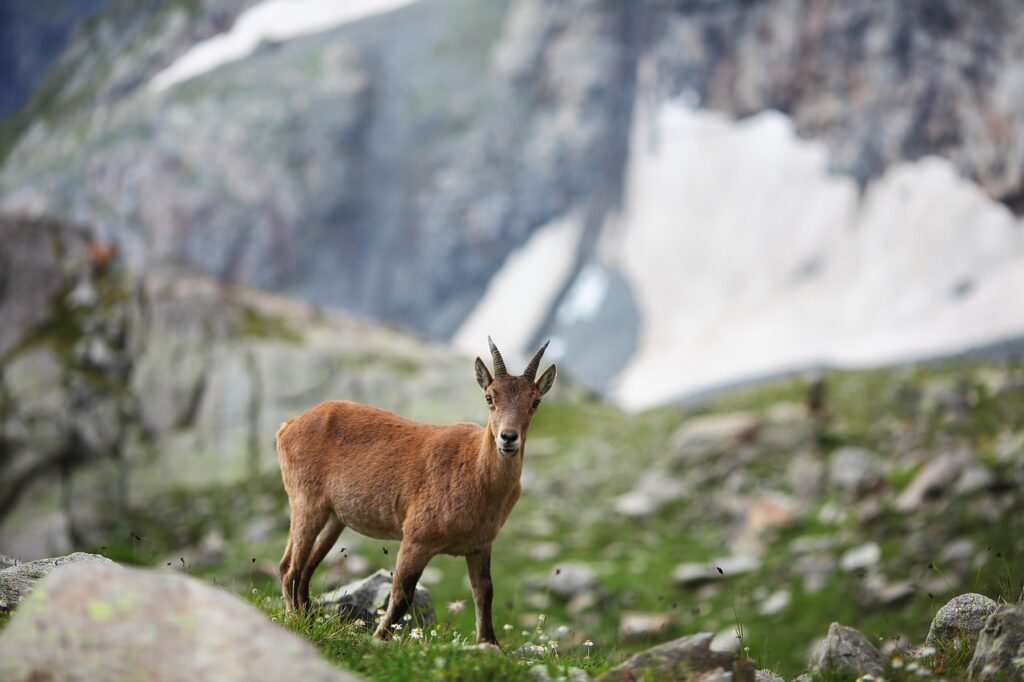
When you look at a mountain goat, do you think of yourself world-class mountain climber? If you said yes, you are a liar without friends because there is nothing about their physical appearance that could be considered adept for climbing.
But guess what else you are? You would be right because these goats have evolved special hooves that allow them to scale mountains incredibly.
Mountain goats have also adapted horns to settle fights.
Snow leopards

Like the polar bears that started this incredible list of amazing animal adaptations, the snow leopard‘s adaptation is its fur. Primarily that pattern that its fur sports are useful for blending into its environment.
The fur is extremely thick, which keeps the snow leopard warm during those frigid seasons when the sun barely rises, and darkness falls at a rapid state and remains for prolonged amounts of time.
Snow leopards are incredible hunters due to their teeth and claw adaptations.
Crocodiles

Crocodiles are the masters of adaptations that should be the epithet forever engraved next to their name whenever a crocodile gets brought up at any place or time.
These scaly monsters have been adapted for the last 200 million years; you think that any other animal could measure up to these creatures. Not when it comes to animal adaptations.
Crocodiles have adopted a long tail to become powerful swimmers. Their tail acts as a powerful rudder.
Armadillos
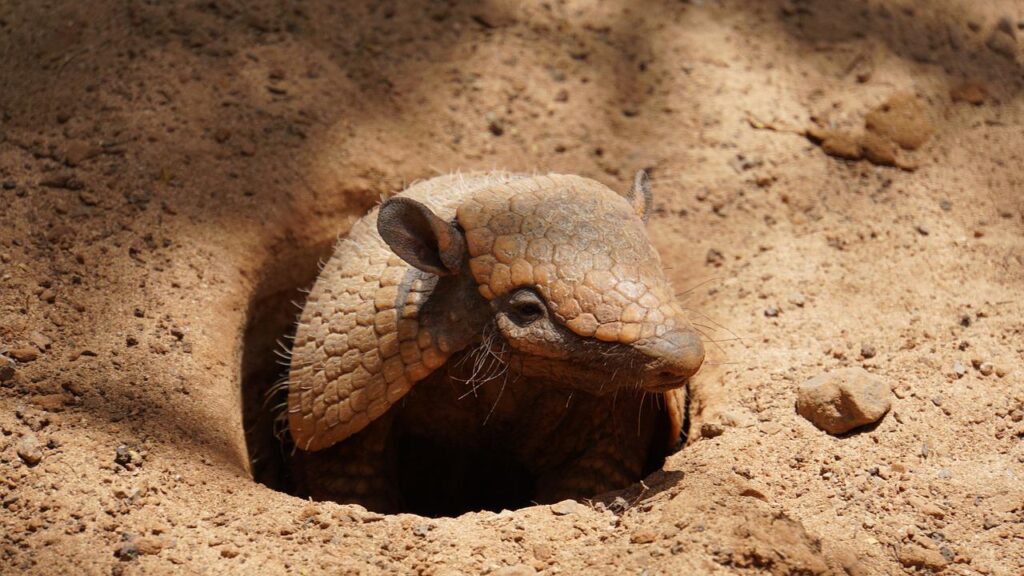
Armadillos don’t need to be researched extensively for you to figure out their adaptations. It is pretty obvious, and an armadillos adaptation is its claws. An armadillo uses its long claws to hobble around and dig into the Earth, where it searches for truffles and other tasty treasures.
Armadillos have a great adaptation thanks to their claws and nothing much else. That is there one true special gift that they have evolved.
Skunks
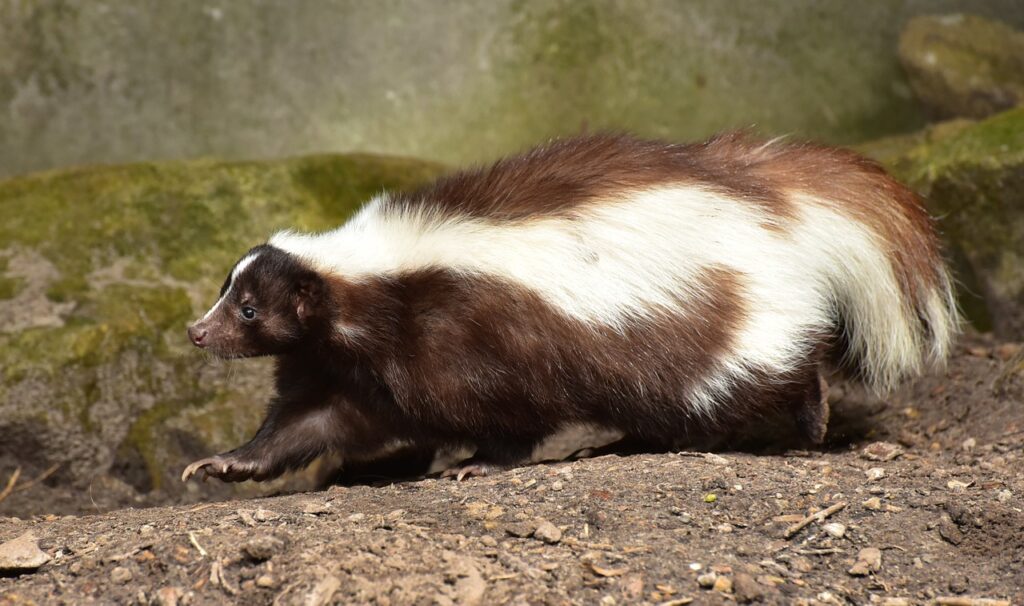
A skunk is known worldwide for its unique ability to mate for life with its partner. That’s right; skunks have adapted the ability to find a mate and choose to stay with that partner for life. Most surprising is that a simple animal like the skunk is better at maintaining a relationship than ninety-nine point nine percent of the human race.
This is why this mating for life behavior is a skunk’s adaptation.
Skunks are world famous for mating for life, their defining trait.
Cheetahs
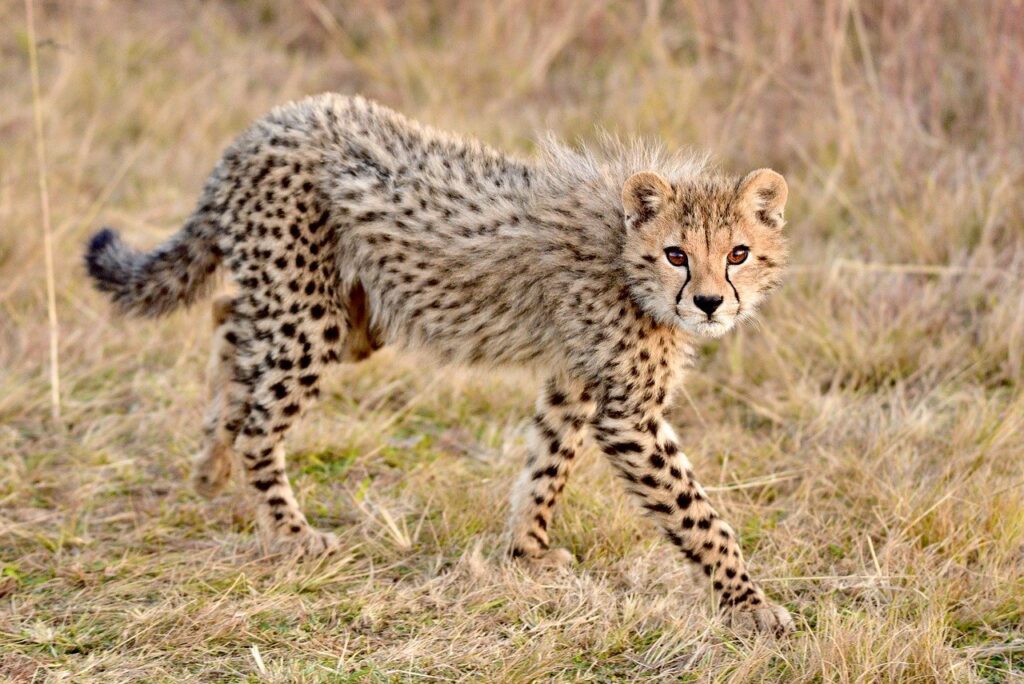
Upon reading the name Cheetah, you instantly thought about its tendency to lazily roam the African savanna in search
of food and shelter. But that is not the reason why cheetahs are on this list of animal adaptations. Cheetahs have adapted to having a distinct pattern on their coat.
Why is this the case? Because it stops other animals from attacking cheetahs from the back because they mistake its spots for eyes.
Cheetahs have intricate patterns on their coat.
Why do animals have so many different adaptations?
The great diversity in how animals can evolve and adapt is because these animals all live in very different conditions. Our environment can sometimes dictate who we become, which is no different for animals. They aren’t adapting in certain ways because of their own choice but because they must do so to survive
and pass on their DNA to the next generation. An interesting world indeed.

